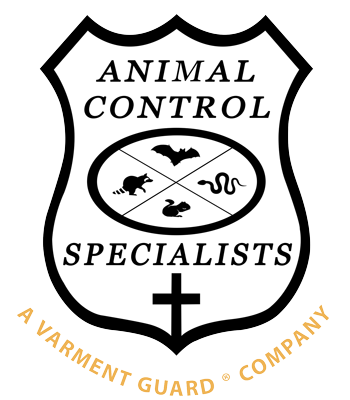Ohio is home to a diverse range of bat species, each with its own unique characteristics and adaptations. One of the most common bat species found in Ohio is the little brown bat (Myotis lucifugus). These small bats have a wingspan of around 9-11 inches and are known for their ability to consume large amounts of insects, making them excellent natural pest controllers. Another native bat species in Ohio is the big brown bat (Eptesicus fuscus), which is slightly larger with a wingspan of 12-13 inches. These bats are known for their roosting habits, often choosing to live in buildings and structures rather than caves. Ohio is also home to the Indiana bat (Myotis sodalis), a federally endangered species. These bats have distinctive fur coloration, with dark brown bodies and a pinkish belly. They are known for their long-distance migrations, traveling up to 600 miles between their summer and winter roosts. Overall, the bat species native to Ohio contribute to the state’s ecosystem by controlling insect populations and playing an important role in pollination and seed dispersal.
Bat Species Native to Ohio
Big Brown Bat (Eptesicus fuscus)
The Big Brown Bat is one of the most common bat species found in Ohio. These medium-sized bats have a wingspan of about 11-13 inches and are known for their dark brown fur. They prefer roosting in buildings, caves, and trees, and are often found in urban areas. Big Brown Bats are insectivores, feeding primarily on moths, beetles, and other flying insects.
Little Brown Bat (Myotis lucifugus)
The Little Brown Bat is another prevalent bat species in Ohio. These small bats have a wingspan of around 8-9 inches and are characterized by their shiny brown fur. They typically roost in buildings, caves, and trees, and are adaptable to various habitats. Little Brown Bats are also insectivores, consuming large quantities of mosquitoes, flies, and other insects during their nightly flights.
Eastern Pipistrelle (Pipistrellus subflavus)
The Eastern Pipistrelle is a tiny bat species commonly found in Ohio. With a wingspan of only 6-7 inches, these bats are the smallest in the state. They have reddish-brown fur and are known for their agile flight patterns. Eastern Pipistrelles typically roost in tree cavities, buildings, and bat boxes. Their diet consists mainly of small flying insects, such as gnats and mosquitoes.
Indiana Bat (Myotis sodalis)
The Indiana Bat is a federally endangered bat species that can be found in certain parts of Ohio. These medium-sized bats have a wingspan of approximately 9-10 inches and are distinguishable by their dark gray to black fur. They prefer roosting in caves and trees near water sources. Indiana Bats primarily feed on moths, beetles, and other insects found in forested areas.
Tri-colored Bat (Perimyotis subflavus)
The Tri-colored Bat, also known as the Eastern Pipistrelle, is another bat species native to Ohio. These small bats have a wingspan of about 9-10 inches and are named after their unique fur pattern, which consists of three distinct colors: dark brown, yellow, and light brown. They typically roost in tree cavities, buildings, and bat boxes. Tri-colored Bats feed on a variety of flying insects, including moths, beetles, and flies.
Red Bat (Lasiurus borealis)
The Red Bat is a migratory bat species that can be found in Ohio during the summer months. These medium-sized bats have a wingspan of around 11-13 inches and are easily recognized by their bright reddish-brown fur. They prefer roosting in trees, usually hanging from branches or leaves. Red Bats primarily consume moths, beetles, and other flying insects found in forested areas.
Silver-haired Bat (Lasionycteris noctivagans)
The Silver-haired Bat is a solitary bat species that occasionally migrates through Ohio. These medium-sized bats have a wingspan of approximately 10-11 inches and are characterized by their silver-tipped fur. They prefer roosting in tree cavities and under loose bark. Silver-haired Bats feed on a variety of insects, including moths, beetles, and flies.
In conclusion, Ohio is home to several native bat species that play an essential role in controlling insect populations. It is important to appreciate and protect these fascinating creatures for their ecological contributions.
Contact For Wildlife Control Help
If you are currently dealing with any wildlife issues or need assistance with animal removal, do not hesitate to reach out to us at Animal Control Specialists, LLC. Our team of professionals is experienced in handling a wide range of animal-related problems and we are dedicated to providing prompt and effective solutions. Whether you are dealing with bats, raccoons, squirrels, or any other wildlife, we are here to help. Give us a call today at (330) 608-1718 and let us take care of your animal removal needs efficiently and safely.
